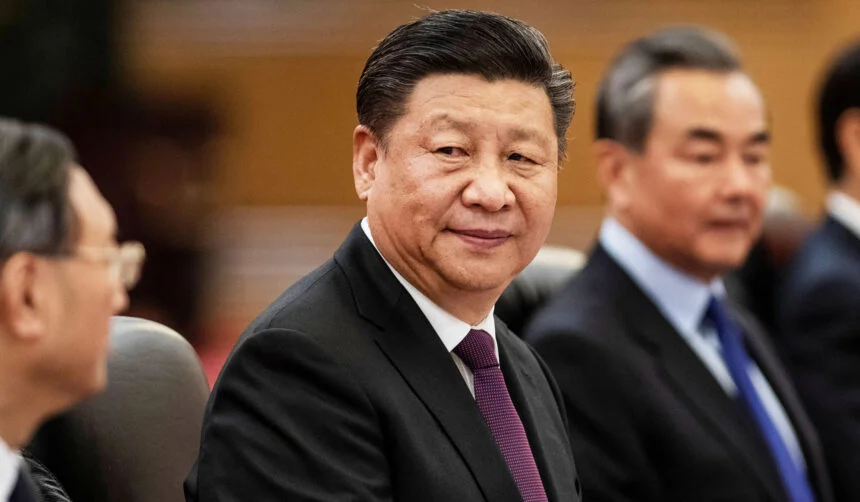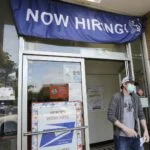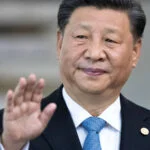China’s third-quarter GDP growth was only 3.9 percent year over year, considerably below its full-year objective and illuminating the magnitude of the country’s economic difficulties.
The data’s release, which has been postponed since last Tuesday, comes after China’s president Xi Jinping strengthened his hold on political authority at the Communist party’s 20th congress last week and prolonged his leadership for an extraordinary third term.
The action was widely perceived as an effort to avoid drawing attention away from congress, which takes place once every five years and replaces the Communist Party’s senior echelons, but the administration offered no explanation for the delay in disclosing the statistics.
The year-over-year growth rate, which economists surveyed by Bloomberg predicted would be 3.3 percent, is below China’s full-year objective of 5.5 percent, which is already its weakest level in 30 years.
The zero-Covid policy has stifled internal demand in China and contributed to the country’s property slump.
The studies have reported contributed to a widespread sell-off in Chinese stocks on Monday, with the benchmark CSI 300 index of firms listed in Shanghai and Shenzhen plunging as much as 1.5 percent and the Hang Seng China Enterprises index in Hong Kong plummeting as high as 5.1 percent.
Xi Jinping lauded the coronavirus control measures, which also include almost-daily testing for citizens and quarantine regulations that have essentially cut off the state from the rest of the globe while making scant mention of the nation’s economic difficulties at the congress. Before the incident, China’s top epidemiologist stated that relief had no timetable.
The third quarter’s growth was better than the second quarter’s 0.2 percent growth, which was impacted by the tough two-month shutdown in Shanghai, the largest city and financial center of China.
Retail sales, a measure of consumer expenditure, increased by just 2.5 percent in September, falling short of the 3.3 percent market prediction.
Last month saw a 6.3 percent increase in factory output, which fueled Chinese growth during the first two years of the epidemic. As the nation’s industrial sector rebounded from catastrophic disruptions in supply chains and lockdowns earlier in the year, that was better than analysts’ projections of approximately 4.5%.
In the nine months ending in September, fixed asset investment increased by 5.9%t. However, according to floor space, property sales were down 22%, new building starts were down 38%, and real estate investment was down 8%.
In order to speed up the completion of unfinished house construction projects that have been postponed due to a string of defaults at heavily indebted developers like Evergrande, policymakers have gradually eased major policy rates over the past year.
However, they have refrained from implementing any stimulus measures and are now faced with a weakening yuan and a domestic stock market that has lost nearly 34% of its value after taking into account the renminbi’s decline versus the US dollar.












